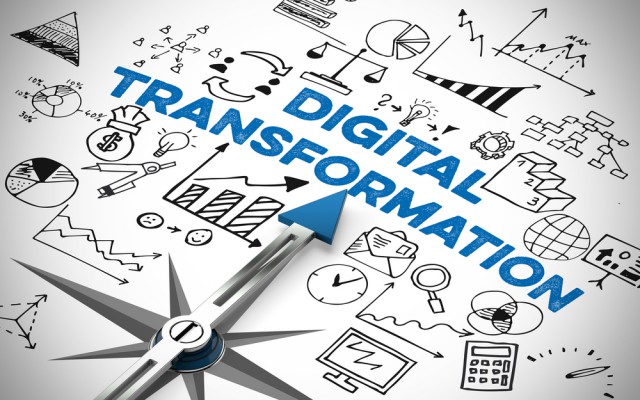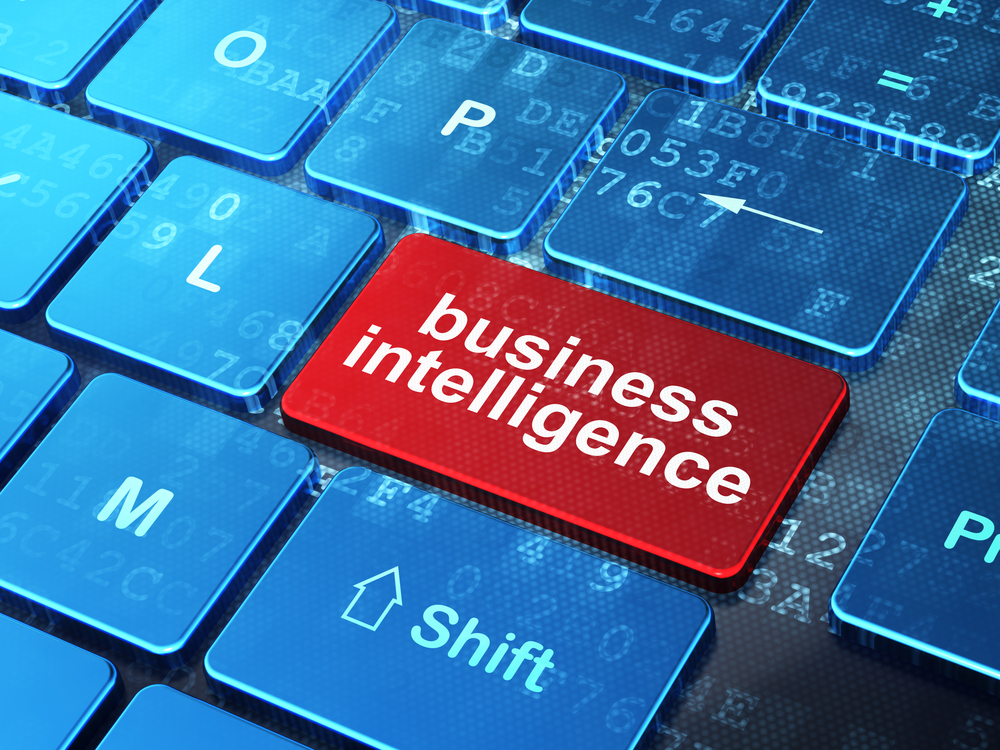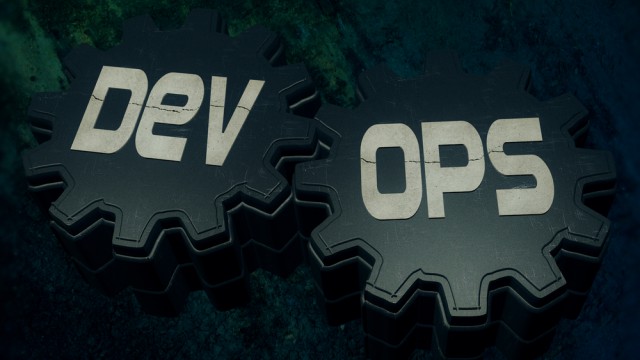
AI: Data's guardian angel
AI is one of the biggest tech-driven talking points of recent years. It's a debate that also translates into some very big numbers, with the global Artificial Intelligence market predicted to grow in size from $51.08 Billion in 2020 to $641.30 Billion by 2028 in a huge acceleration of investment. For AI, industry hype is increasingly being reflected in reality.
Indeed, organizations across the public and private sectors have already seen widespread benefits, particularly its impact across complex applications such as automation, digital assistance, and data analytics.

What are the biggest benefits of real-time passenger information in 2022?
As we're entering the digital-first era with an emphasis on connectivity, we need to be more forward-thinking about the ways we're facilitating a fully connected public transport experience. Commuters are looking for a comfortable and seamless travel experience without disruptions.
What can significantly enhance their experience and ensure they’re choosing the same mode of transport again and again is real-time passenger information (RTPI). It provides commuters with live information on timetables, connections, and disruptions.

Why real-time experiences will make or break the metaverse
The metaverse is the latest battlefield for tech giants vying for business and consumer attention. Although the phrase has only fairly recently entered the public vernacular, when Facebook rebranded its parent company as Meta, it was actually coined in 1992 by author Neal Stephenson in 'Snowcrash'. In many ways its rise in popularity marks the 'coming of age' of virtual and augmented reality to date.
To make these new virtual worlds a success will require a truly real-time digital experience. Without this, our virtual experiences are unlikely to be lifelike and nor will they be "better" than real life. But in order to make this real-time digital experience in the metaverse a reality, organizations will need a raft of technical capabilities. This is a significant challenge for tech behemoths today, let alone in the metaverse future. So, what is needed to ensure the metaverse is a long-term success rather than a passing fad?

The surge in digital demand necessitates building the enterprise network of the future
If businesses want to win in the 21st century, then harnessing the power of the network across the entire organization is essential because digital is the new front door for every enterprise. Customer and workforce demands on the network are evolving faster than the pace of traditional businesses and the Covid-19 pandemic has only accelerated this change. The digital winners of tomorrow don’t think in terms of building solutions that merely solve today’s challenges. Their eyes are set on being ready for challenges that are yet to materialize. They build for change.
To thrive, companies need a different level of adaptability and creativity to handle competition, manage new threats and embrace new technologies. Yet the network is often overlooked. Like the forgotten but essential plumbing in a vast mansion which is being renovated for the future, the renovation will include modern new features and facilities to enhance the experience of living there for years to come. However, unless the owners also upgrade the plumbing to create more capacity and resilience, most of these new features won’t function effectively.

Using basic data to improve public services
The digitization of public services is at the very top of government agendas across Europe, but the lack of accessible and reliable data, such as core information about individuals and businesses, creates challenges for digital administration.
This information, called basic data or register, is re-used throughout the public sector and is an important basis for public authorities to perform their tasks properly and efficiently. Not least because an ever-greater number of tasks must be performed digitally and across units, departments and sectors. Without accurate and accessible basic data, true joined up services will always remain an illusion.

B2B software success hinges on developing a B2C testing outlook
As I interact with business software developers specifically -- those that are powering enterprise functions that help businesses grow and succeed -- I’ve noticed a clear pattern in what’s on their mind. These professionals are dealing with a spate of new challenges that are unlike any they’ve had to tackle before.
The pandemic upended and catalyzed the way their clients work; providing a stress test and clear use case for cloud-based, synchronous and asynchronous work tools, less patience among end-users for experiences that didn’t live up to consumer-facing contemporaries, an expectation of flawless performance (anyone remember the last Zoom outage?), and a need to retain users amidst a sea of well funded competitors.

'Dr. Google, am I unwell?' What is cyberchondria and how do you tackle it?
When you experience a persistent cold or a petulant pain in your arm, there is no hiding that paying your doctor a visit is not always your first port of call. Sometimes, when struck by a headache or an unexpected rash, the first reaction is to switch on your laptop and fire your pressing questions at Dr. Google. "Why do I have pins and needles in my leg?" "What is causing this mild chest pain?" "Is this mole dangerous?"
Some searchers are simply looking for basic information and take their findings with a pinch of salt. Others, instead, will spend hours skipping from one website to the next, worried about the array of intimidating diagnoses they have found. When this occurs, it is often known as cyberchondria.

Bridging the gap to the C-Suite: Four tips to increase executive buy-in to disaster recovery
When it comes to communicating security concerns and the critical threat that cyberattacks and subsequent data loss pose to business, one of the core challenges that CISOs continue to face is bridging the considerable knowledge gap amongst senior level stakeholders.
Too often, organizations believe they have a comprehensive disaster recovery (DR) plan in place, accounting for and mitigating all potential risks and ensuring sufficient provision for a rapid return to 'business as usual'. But often the risks in terms of interrupted service, loss in revenue, potential supply chain disruption and damage to reputation, are not fully understood.

Scraping is evergreen
Web scraping and crawling have played a major role in creating the internet we see today. While the technology, the process, and the results remain invisible to most, all of it is here to stay. I’d even say that scraping will never go "out of fashion", barring some extreme regulatory changes.
Of course, over its history, web scraping has undergone significant changes, primarily due to the ever increasing complexity of the internet. I think relatively few remember the magnificent simplicity of web pages from the 90s. Scraping was a little easier back then.

Improving signal to noise ratio in Business Intelligence
Business intelligence is a catch-all word. If you were to ask a CEO whether they value business intelligence, they would likely say "yes". Once you start digging deeper into what it is, however, you often find confusion or platitudes that seem to say everything and nothing all at once.
Yet, the concept remains integral to business operations. In fact, most companies nowadays employ some type of business intelligence analysis. The question, however, is not "if", but rather "how well". The answer, unfortunately, is usually "not well".

Punishing employees won't improve password security
Proofpoint’s annual report on phishing recently revealed that the UK is by far the worst culprit for disciplining employees that fail cybersecurity tests. In fact, 42 percent of employers inflict monetary penalties on staff that engage with real or simulated phishing attacks and 29 percent even lay off staff. These figures are both far higher than the global averages at just 26 percent and 18 percent.
Unsurprisingly, the report also highlighted an increase in the number of attacks year on year. In the UK, 91 percent of respondents revealed that they had faced phishing attack and 84 percent reported seeing at least one email-based ransomware attack.

Three myths about cloud costs debunked
With the increased investment in remote workforces since the start of the pandemic and subsequent acceleration in cloud adoption and digital transformation, cost reduction initiatives have grown in importance as a critical consideration for technology leaders and C-Suite.
According to research from Deloitte, two of three (66 percent) organizations globally are currently pursuing cost reduction strategies and, overall, cost reduction initiatives have dramatically increased -- by 74 percent -- since pre-COVID. Within this, a common assumption is that migration to the cloud instantly translates to cost savings for a business. But without the right evaluation process in place, the true costs of cloud computing can add up fast.

Why ransomware attacks steer clear of the cloud
Ransomware made news headlines worldwide earlier this month after a successful attack against one of Toyota Motor Corp.’s parts suppliers forced the automaker to shut down 14 factories in Japan for a day, halting their combined output of around 13,000 vehicles.
That attack was the latest example of the threat ransomware poses to all industries. The most recent edition of SonicWall’s annual threat report states that the volume of ransomware attacks in 2021 has risen 231.7 percent since 2019. And an advisory jointly issued by the Cybersecurity and Infrastructure Security Agency (CISA), the FBI, and the NSA reveals the latest trend is ransomware as a service -- gangs of bad actors essentially "franchising" their ransomware tools and techniques to less organized or less skilled hackers.

Cloud application delivery: Still a work in progress for many
It’s hard to overstate the key role of application reliability and performance for today’s organizations. To compete effectively and grow in modern digital markets, businesses must meet high customer expectations for a great experience. Hybrid workplace strategies and work-from-home policies make it all the more critical to deliver a consistent high-quality experience wherever people work. Rising cyberthreats and an expanding attack surface call for a heightened focus on security. And agility is a must to support innovation and keep pace with fast-moving markets.
To address these needs, organizations increasingly host their applications in hybrid cloud and multi-cloud environments. In a recent survey, A10 Networks and Gatepoint Research asked senior technology decision-makers about their experiences delivering applications in the cloud, and what today’s organizations need to achieve the digital resiliency on which their businesses depend.

How to best serve your SRE and DevOps teams
Technology is critical to driving business growth and increasing revenue in our fast-growing digital economy. But the effectiveness of a technology is often determined by its performance and reliability.
DevOps and site reliability engineering (SRE) teams are behind this continuous availability. These teams ensure the top performance of an organization’s apps and vital services, especially as IT environments grow in complexity. Avoiding incidents and outages is only one aspect of the job though.

